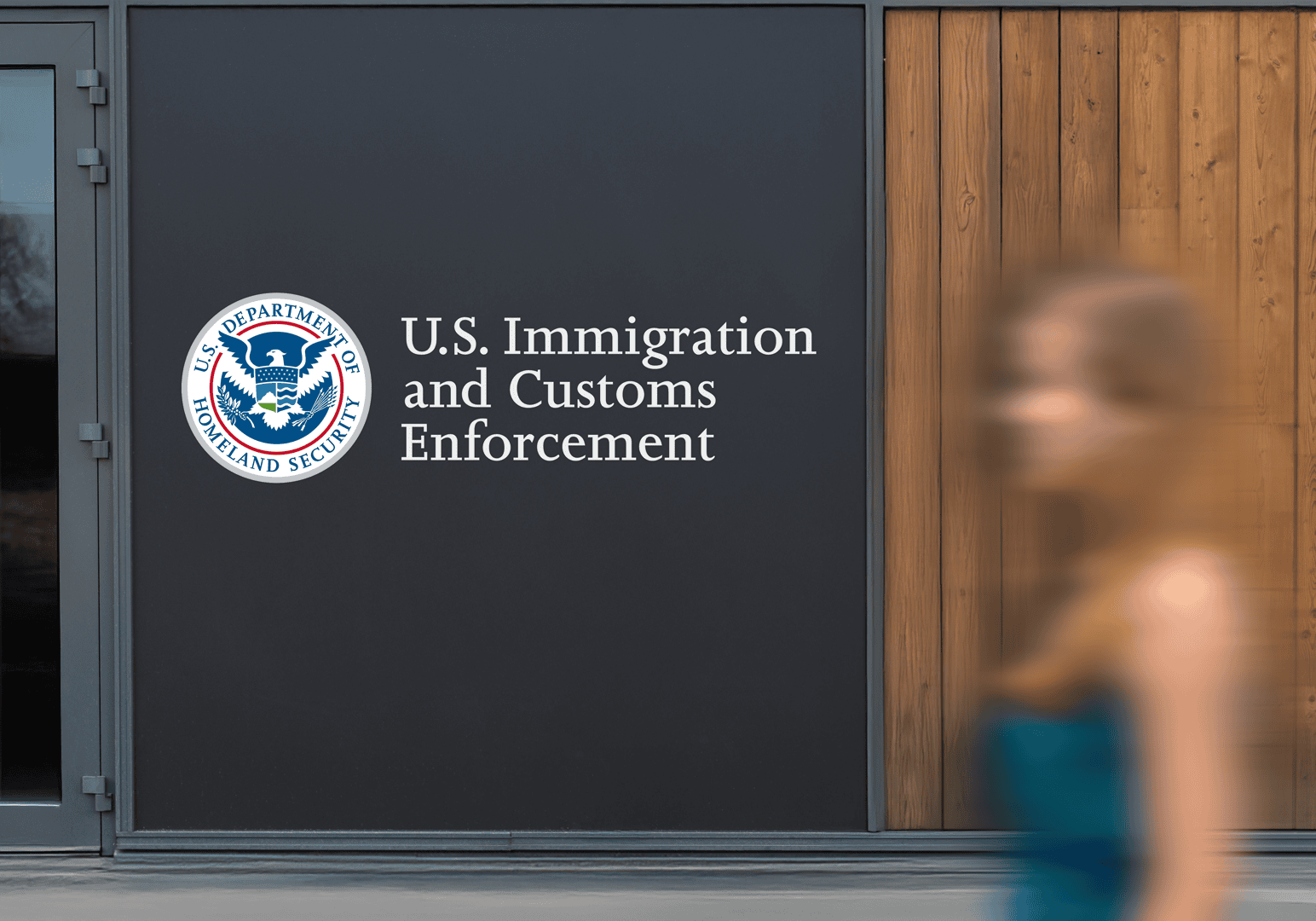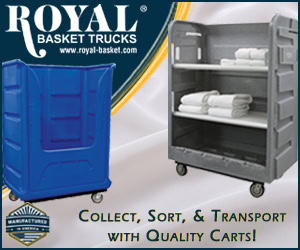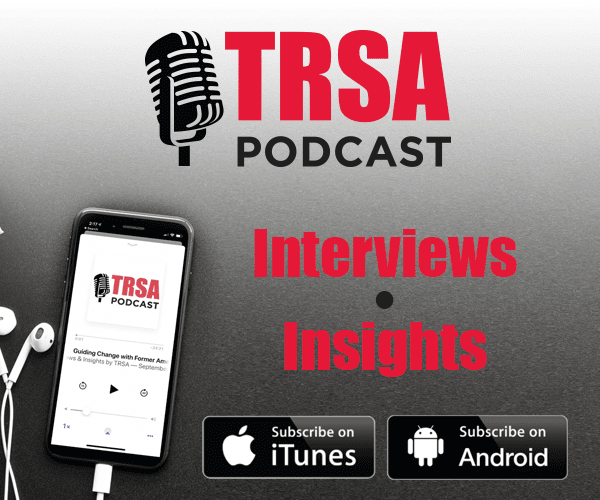Amid a heightened federal focus on curbing illegal immigration, laundry operators face stepped-up enforcement of immigration rules. Knowing the law and having policies in place to document compliance can help operators avoid fines or other enforcement actions that could disrupt their businesses.
That was the upshot of a TRSA webinar led by Marketa Lindt, an attorney specializing in immigration law and a partner with the Sidney Austin LLP firm in Chicago. In the current enforcement environment, it’s now more important than ever for laundry operators to scrutinize employees to ensure that they are legally qualified to work in the U.S. Those that don’t could get visitors from U.S. Immigration and Customs Enforcement (ICE), a prospect that Lindt acknowledged is “keeping a lot of people up at night.”
Laundry operators need to take steps to avoid immigration-enforcement actions, she noted during the Sept. 24 webinar. “I think the first and most important thing is for organizations to take stock where your vulnerabilities might be. And when I say vulnerabilities, I don’t mean do you have international employees. But what are your processes? How do you vet your employees? How do you interact with temporary staffing agencies? And generally, how robust is your compliance?”
Lindt described several areas of potential vulnerability that laundries should examine internally and/or with the aid of legal counsel. Examples include:
I-9 Forms & Documents: All U.S. employers must require newly hired staff – regardless of their citizenship or immigration status – to complete these forms. They must complete Section 1, on or before their first day of work, and Section 2 within three business days of their start date. Sounds simple enough, but Lindt noted that companies must ensure that their onboarding process is capable of ensuring compliance with the law. A related issue is looking at documents to assess their validity. Immigration officials understand that business operators aren’t experts in this area. Nonetheless, they need to make a “subjective determination” regarding a document’s legitimacy, Lindt said. For example, if a new hire hands you a Permanent Resident Card (aka a “green card”) from the U.S. Citizenship and Immigration Services (USCIS) with a photo stapled to it or a misspelling of the word “Immigration,” you need to have a process in place to deal with such contingencies. Lindt recommended regular audits of I-9 documents to ensure continuing compliance.
Employers should also remind their staff, who are legal workers but not U.S. citizens, about the importance of having their documentation with them at all times. “The first thing that’s really important to know is that they should carry proof of their immigration status with them at all times,” Lindt said. This includes employees with green cards, any form of visa or work-authorization card. The same applies to immigrant employees who qualify as legal residents under federal Temporary Protected Status (TPS) rules. They must have access to this documentation if an immigration officer requests proof of legal residency. “That’s really important,” Lindt said. “Carrying papers has always been the law. In all the years I’ve been doing immigration law, it has not been complied with very widely because it wasn’t enforced. Usually people were more worried about losing their green card than somebody stopping to ask them for it. But obviously we’re in a very different time.”
Using E-Verify: Some states require the use of this computer-based system for confirming the immigration status of employees; others do not. Given today’s stepped-up enforcement environment, more companies are considering E-Verify, Lindt says. She cited several pros and cons related to this system. For example, you don’t have to use E-Verify for your existing workforce, but if you adopt the program, you must screen all new hires with E-Verify. This means extra administrative and recordkeeping work for your human resources staff. You also may have to forgo hiring someone if the E-Verify program detects an anomaly. In any event, the program is gaining popularity, Lindt says, because employers feel it gives them cover if questioned by ICE officials. “We are hearing that employers that traditionally have had no interest in E-Verify, are rethinking it because they view it as providing some stability going forward with new hires in the workforce.” Lindt added that for companies with high turnover, using E-Verify can demonstrate a robust approach to ensuring that all employees are legally authorized to work. However, companies in states that don’t require E-Verify may not want to share information about their staff with the government.
Audience Questions: After her presentation, Lindt opened the floor to questions from online attendees. One query centered on the fact that roughly 50% of the questioner’s employees are using work-authorization cards or permanent residency documents. The audience member asked, “Are we responsible for tracking when their cards expire and requesting updated ones?” Lindt answered that the legal obligations that apply in this area are similar to those for ensuring I-9 compliance. For green card holders, you don’t need continuous tracking, but you should have the information on the I-9, including an expiration date, she said. Work-authorization cards or other visa documents require closer attention because they are considered temporary and expire. “You do need to track those,” she said. “You need to reverify the work-authorization card or other expiring I-9 documents.”
As a best practice, Lindt suggested alerting employees up to three months in advance about their need to renew their documents prior to the expiration date. If the employee is unable to produce the document, I-9 rules require you to remove them from the payroll until the employer determines that their documents are in order. There may be some exceptions, she added. For details, consult with your attorney or refer to the USCIS M-274 Handbook for Employers.
This webinar was recorded. Access is limited to TRSA members. Click here to listen to Lindt’s hour-long presentation.
Publish Date
October 3, 2025
Categories
Sign Up For Our Newsletter
Receive the latest updates on the linen, uniform and facility services industry from TRSA delivered straight to your inbox.








